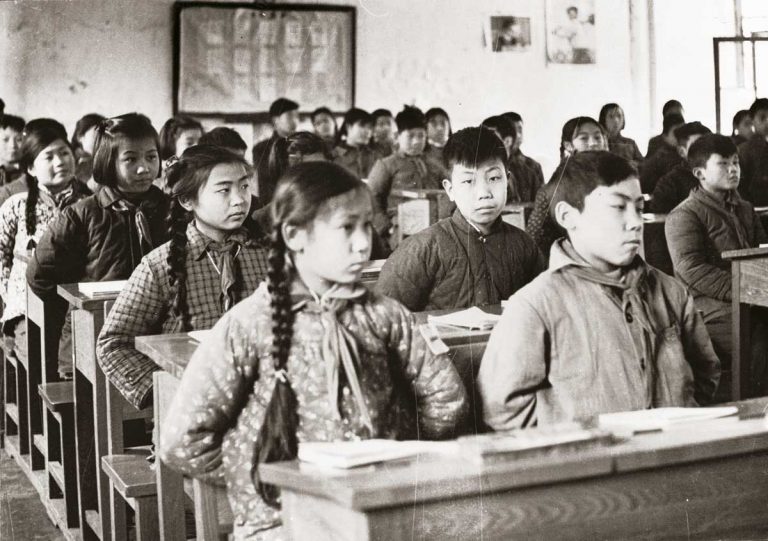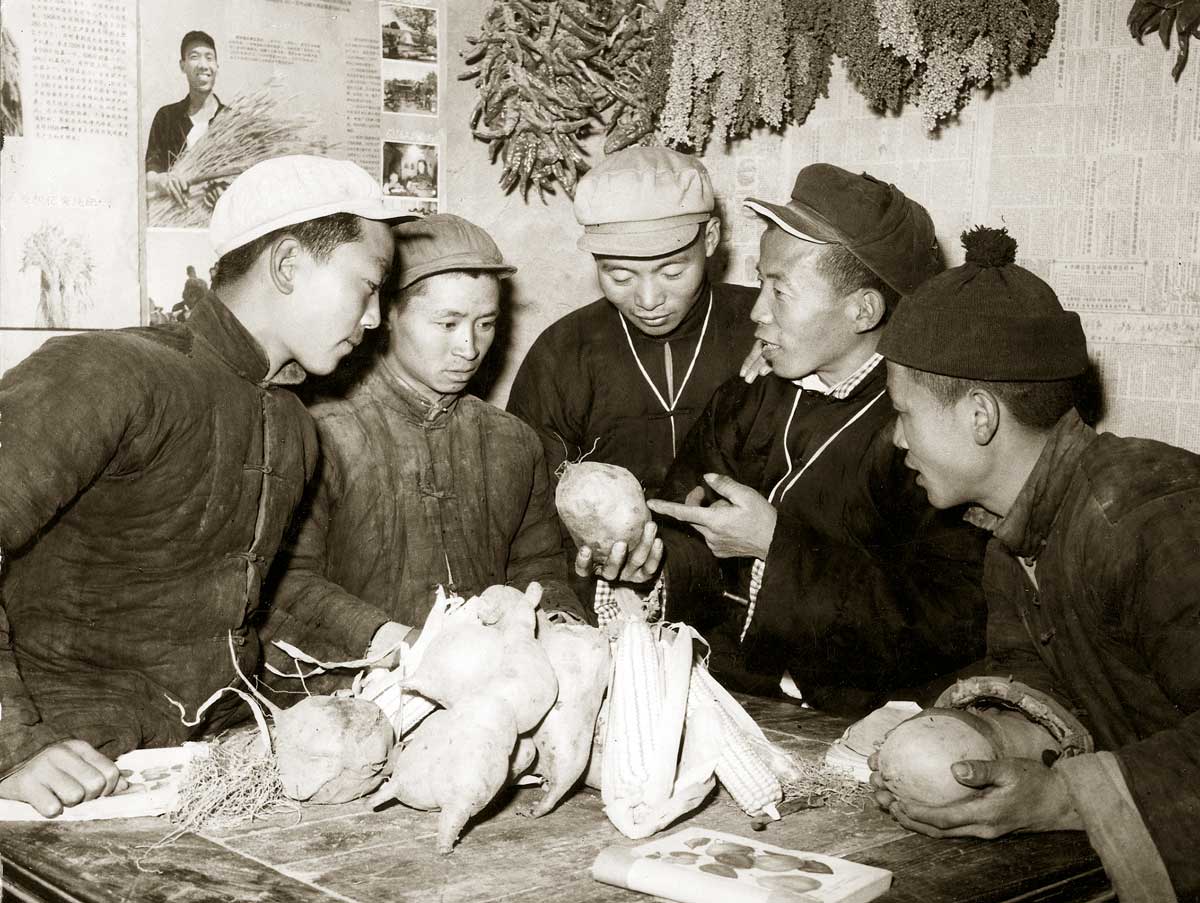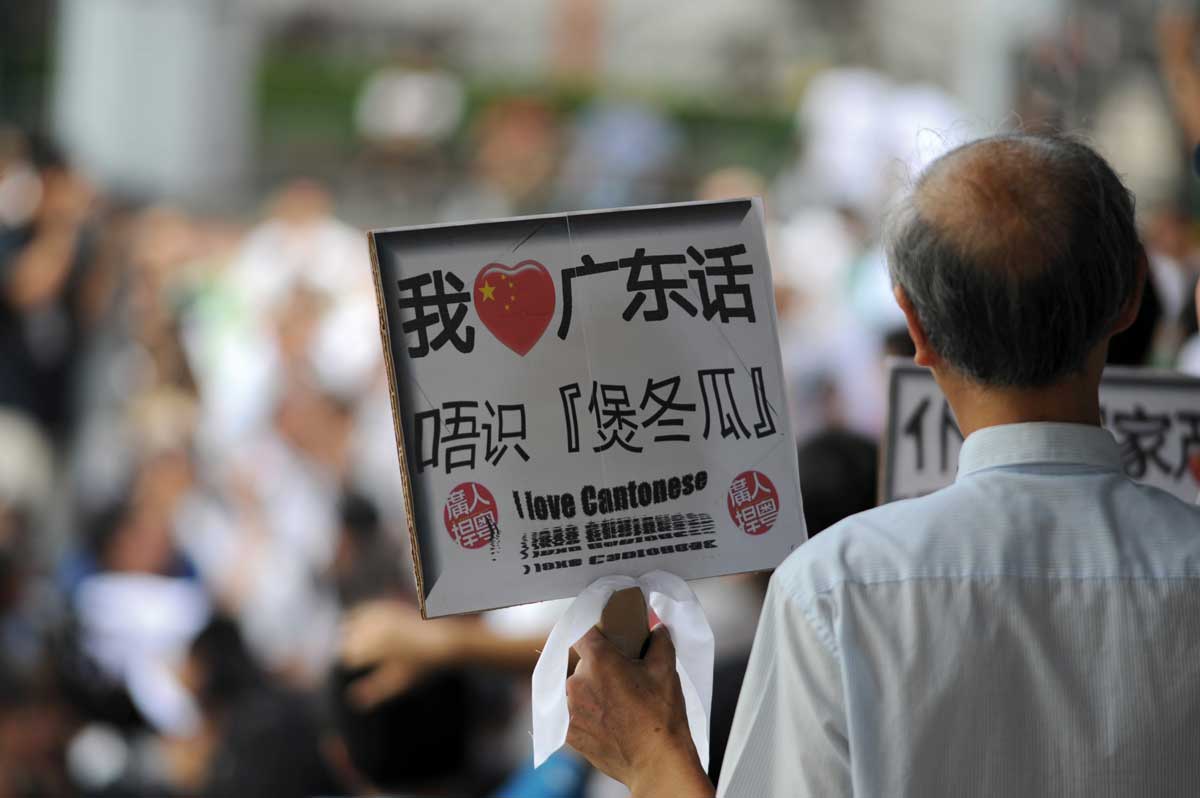
Believing language would unify their struggling nation, Chinese officials began a project to create a national language and define what it meant to speak Chinese.
By Gina Anne Tam
Making dialects
Calling the language of Beijing the national language of China when, linguistically, it was just another fangyan, did not change the linguistic landscape; the other fangyan did not become its variants or subsidiaries. Thus, in order for the hierarchy between language and fangyan to make sense, the general public had to be convinced that their new national language could represent the whole nation. This meant, too, that the connotations inherent in the word ‘dialect’ – hierarchy and dependency – had to become integral to what a fangyan was.
The transformation of Beijing fangyan into a national language was partly done through public policy. The government decreed that the national language should be taught in schools, encouraged its use in radio and cinema, supported magazines, such as National Language Weekly, which defended government policy and offered short, accessible language lessons. By the 1930s these encouragements became threats, as Chiang Kai Shek’s government attempted to censor cinema in other Chinese fangyan, targeting in particular the thriving Cantonese film industry in Guangzhou.
These policies were not very effective at getting people to speak the national language. Most children did not attend schools in 1930s’ China and, for those who did, the central government did not have the reach to regulate what language teachers used in the classroom. And, while the ban on Cantonese films sparked fierce debates among film-makers and cultural critics, it was difficult to enforce. Many film-makers moved their production to the British colony of Hong Kong or simply aired the films without sending them in for government approval.
But, despite the fact that the government could not enforce these policies, their mere existence still reinforced a hierarchy. Whether people spoke it or. not, Beijing’s fangyan was no longer just Beijing’s fangyan; it was now the basis of the language of the nation. Guoyu, ‘National Language’, became a household term, peppered throughout newspapers, discussed on radio and repeated in children’s textbooks. Regardless of who spoke it, its position as the national standard was normalized by implicitly defining everything else as non-standard subsidiaries.

Language families
Sometimes the hierarchy between national language and fangyan was reified in more subtle ways. In the early 1920s a group of Chinese linguists began to advocate the introduction of a more ‘scientific’ study of languages at Chinese universities. These men, many of whom had received their doctorates in the United States or Europe, claimed that it was a simple, objective truth that human languages existed upon a taxonomic tree, all connected to one singular root. As Beijing University Professor of English Lin Yutang explained: ‘There should be no confusion as to the definition of fangyan. The world’s languages are connected in one system, called a yuyanxi [family of languages]. Language families are then divided into yuyan [languages], and within each language there are divisions of fangyan [dialects].’
Here Lin makes a direct argument for the equivalence of dialect and fangyan. But it was not just that he thought ‘dialect’ was the best translation for fangyan; he believed the term fangyan ought to carry all the implications of the English term ‘dialect’, regardless of local context. Most Chinese linguists agreed and designed their research methods around that presumption. Yuen Ren Chao published the first full-length fangyan survey, Study on the Modern Wu Dialect, in 1928, in which he sought out speakers in towns throughout the Yangzi River Delta (near Shanghai), asking them to read aloud a list of nearly 2,700 Chinese characters. After recording their pronunciation, Chao then arranged the data into charts that compared the relative pronunciation of each of the characters from one area of the region to one another.
Chao claimed to be a scientist and believed that any good scientific comparative study should include a ‘constant’ – a set of pronunciations that would ground the data for his reader and give them a point of comparison. While his first study had three ‘constants’, after 1930 it became the norm for both Chao and other scholars who followed him to only use the pronunciation of Beijing fangyan, which he called ‘national phonetics’. On charts of surveys from Zhongxiang county and Nanjing city, he juxtaposed the local fangyan he was surveying with the national language.
It is important to reiterate that the national language was not necessarily more justifiable as a scientific constant than any other. But, because of this choice, Chao and his colleagues granted the national language a status that was more than just another fangyan and even more than just a national representative. They normalized the hierarchy between national language and fangyan by encasing it in the veneer of objective science.
Chao’s hierarchical models informed national language policy even after the Communist revolution of 1949. The Chinese Communist Party renamed Guoyu as Putonghua. Like their predecessors, they viewed fangyan as hierarchically subordinate to the national language. The way Putonghua was promulgated was different, though.
In 1956, the central government called for scholars to descend on the countryside to conduct a standardized nationwide fangyan survey. They recorded the local language of each township, village and district and used their data to create new, locally specific textbooks for teaching children Putonghua.
In this survey not only was the national language taken as a scientific constant, its entire purpose was to define all fangyan in relation to the national language. Researchers were required to publish their results in handbooks, designed solely to help ‘correct pronunciation’ of the national language by ‘fixing’ pronunciation problems particular to speakers of that fangyan.
Within decades, the fact that fangyan were mutually unintelligible languages, or the fact that the national language was simply one Chinese language among many, no longer became important in how they were conceived. Fangyan had, in the eyes of many, simply become dialects.
‘I love Cantonese’
But why does this matter? That one term was translated into another does not seem to be of vital importance. Translations do not cause governments to crumble or start wars. But the words we use bind observable things to a series of assumptions, ideas and cultural touchstones and, as such, they frame our thinking and guide our actions. To presume that fangyan had all of the same connotations as dialects is to force China’s diverse linguistic landscape into a hierarchy in which all but one are subordinate. To give the title of ‘national language’ to something nearly synonymous with Beijing’s fangyan is to elevate that fangyan to a national and global significance that cannot be afforded to any other Chinese language. The history of this translation shows that these presumptions were not predetermined: they were the product of complex, historical processes.

The presumption that fangyan are dialects is also significant because it shows that fangyan’s subordination is not limited to linguistic structure alone. Calling one language a national ‘standard’ and everything else ‘variants’ implies that the national language alone can represent a unified sense of identity and citizenship. Ultimately, to speak a language is to own a particular kind of cultural power. To speak a dialect is to settle for an expression of identity that is limited in its scope and diminished in its significance.
Perhaps because of the inherent power imbued in the term ‘language’, the framing of fangyan as ‘dialects’ has always had critics and has sometimes elicited outright protest. In 2010, for example, protestors wielding signs that declared ‘I love Cantonese’ gathered in Guangzhou’s People’s Park to protest against a decrease in television offerings in the local Cantonese. And in 2016, an announcement by a consultant of Mandarin promulgation in Hong Kong that Cantonese ‘cannot be a mother tongue’ elicited a fierce online backlash, arguing that Cantonese is not a fangyan but a language with a rich history that far predates Mandarin. In each of these instances of dissent, some overt, others subtle, the emotional stakes of their protests are always palpable. They make clear that policies that reject the status of language simultaneously reject expressions of identities, that policies that diminish the value of native tongues diminish the value of their speakers.
In this way, what counts as a ‘language’ is a battle over a place in a cultural hierarchy. It is a battle over whose language is more important to the nation and who has the power to define it. The language we speak carries enormous significance for how we see ourselves as people. It is no wonder, then, that the history of how fangyan became dialects is about much more than simply translation. It is a story about what it means to be Chinese and who has the right to represent it. (Concludes)
_____________________
Gina Anne Tam is assistant professor in History at Trinity University, Texas and the author of Dialect and Nationalism in China, 1860-1960 (Cambridge, 2020).
Courtesy: History Today
Click here for Part-I